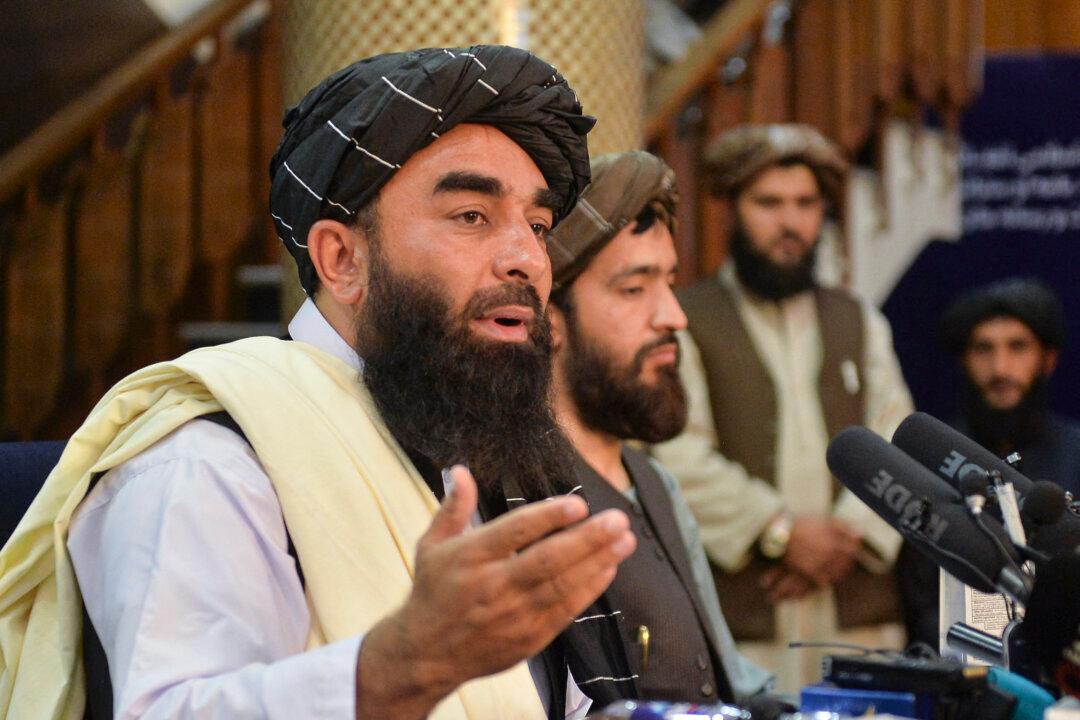Commentary
In highlighting concerns over India’s ties with China, India’s Minister of External Affairs Dr. S. Jaishankar stated: “The [India-China] relationship is going through a very difficult phase ... I can’t have friction, coercion, intimidation and bloodshed on the border and then say let’s have a good relationship in other domains.” This very statement brings into perspective the fact that “all is not normal”—the border and the ties remain tense.





